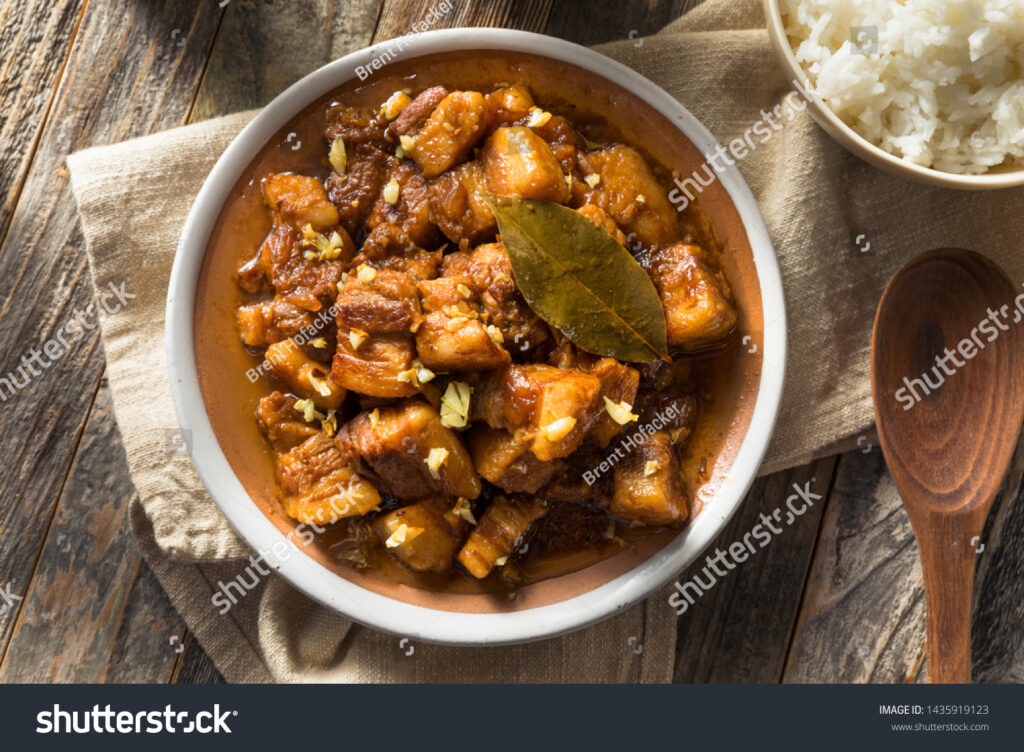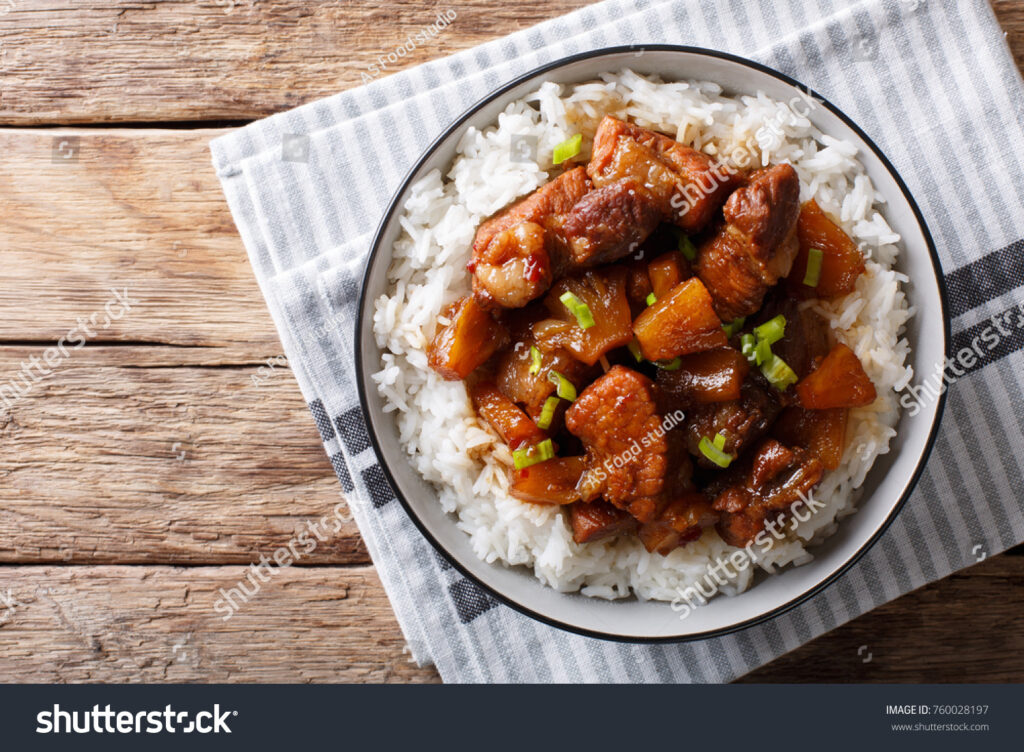A guide to Filipino cuisine
A guide to Filipino cuisine
A street in Manila is heavy with the scent of sizzling garlic, slow-braised meats, and the tang of vinegar cutting through the humid air. At a roadside carinderia, a line of stainless steel trays glistens under fluorescent lights, filled with dishes that tell the story of the Philippines—a cuisine shaped by trade, colonial rule, and an enduring love for bold, layered flavors. There is no single way to define Filipino food. It is, at its heart, a cuisine of contrast: sweet and sour, salty and rich, familiar yet surprising.
Take pork adobo. It’s the dish that often serves as an introduction to Filipino cooking, and for good reason. Simmered in soy sauce and vinegar, with garlic, bay leaves, and black peppercorns, the meat falls apart at the touch of a fork. Each bite is savory, the acidity cutting through the richness, a balance that lingers long after the meal is done.

It is as much a comfort food as it is a cultural emblem, a dish found in every Filipino household, tweaked and perfected over generations. In some versions, coconut milk adds silkiness, in others, a touch of sugar draws out a hint of sweetness.
But the depth of Filipino cuisine stretches far beyond adobo. The country’s 7,641 islands each bring their own culinary signatures, shaped by geography and the ingredients at hand. In the Visayas, kinilaw—a cousin to ceviche—highlights the taste of freshly caught fish, cured in a splash of calamansi and coconut vinegar, with ginger and chili lending heat and spice. In the Bicol region, laing takes the humblest of ingredients—taro leaves and coconut milk—and turns them into something luxurious, slow-cooked until the greens soften into a fragrant stew.
Then there’s the influence of centuries of trade and colonization, a history that plays out in each meal. Spanish-era lechon, with its blistered, golden skin and tender interior, still holds a place of honor at celebrations. Chinese immigrants left their mark in pancit, an ever-evolving array of noodle dishes laced with soy, garlic, and sometimes the briny pop of dried shrimp.
Some of the country’s best meals are found not in high-end restaurants, but in palengkes—bustling markets where vendors offer freshly grilled seafood, sticky rice cakes wrapped in banana leaves, and skewers of chicken intestines, charred and crisped over open flames. And in the quiet hours of the morning, at a family-run eatery tucked between jeepney-choked streets, one might stumble upon Filipino belly pork hamonado with pineapple and rice.

The dish is a study in indulgence: slabs of pork belly, caramelized in a glaze of pineapple juice, soy sauce, and brown sugar, the fat glistening as the sauce reduces to a sticky, golden lacquer. The tang of the pineapple cuts through the richness, balancing each bite in a way that makes it hard to stop at just one serving.
Desserts, too, showcase the Filipino love for the interplay of textures and flavors. Halo-halo, the iconic shaved ice confection, is a riot of colors and ingredients—sweet beans, jellies, coconut strips, and a scoop of vivid purple ube ice cream crowning the mix. Meanwhile, bibingka, a rice cake traditionally baked in clay pots lined with banana leaves, comes hot and steaming from roadside stalls, its edges crisp, its center dense yet fluffy, the salted egg garnish adding a final note of umami.
In Manila, the best meals aren’t found on white tablecloths—they’re served from sizzling griddles on street corners, in the back alleys of Binondo, or tucked behind bustling markets where the scent of roasting garlic lingers in the air. This is a city where food is loud, unapologetic, and packed with history. A food tour with a local is the perfect way to dive in.
Under the neon glow of Chinatown’s archway, a plate of pancit canton appears—springy noodles stir-fried with pork and shrimp, slicked with soy and calamansi. A few streets away, a vendor cracks open a coconut, pouring fresh juice into a plastic bag, a quick remedy for the sweltering heat. At a tiny stall, a woman expertly rolls turon—bananas wrapped in lumpia wrappers, fried to golden perfection, and caramelized with sugar. Each stop is more than just a tasting—it’s a glimpse into the pulse of the city.
Beyond the food, the tour peels back the layers of the city itself. A quick detour past the San Sebastian Church reveals Spanish influences that still shape the culture, while a walk through the National Museum adds another layer of depth to the meal. Every street, every dish has a story to tell.